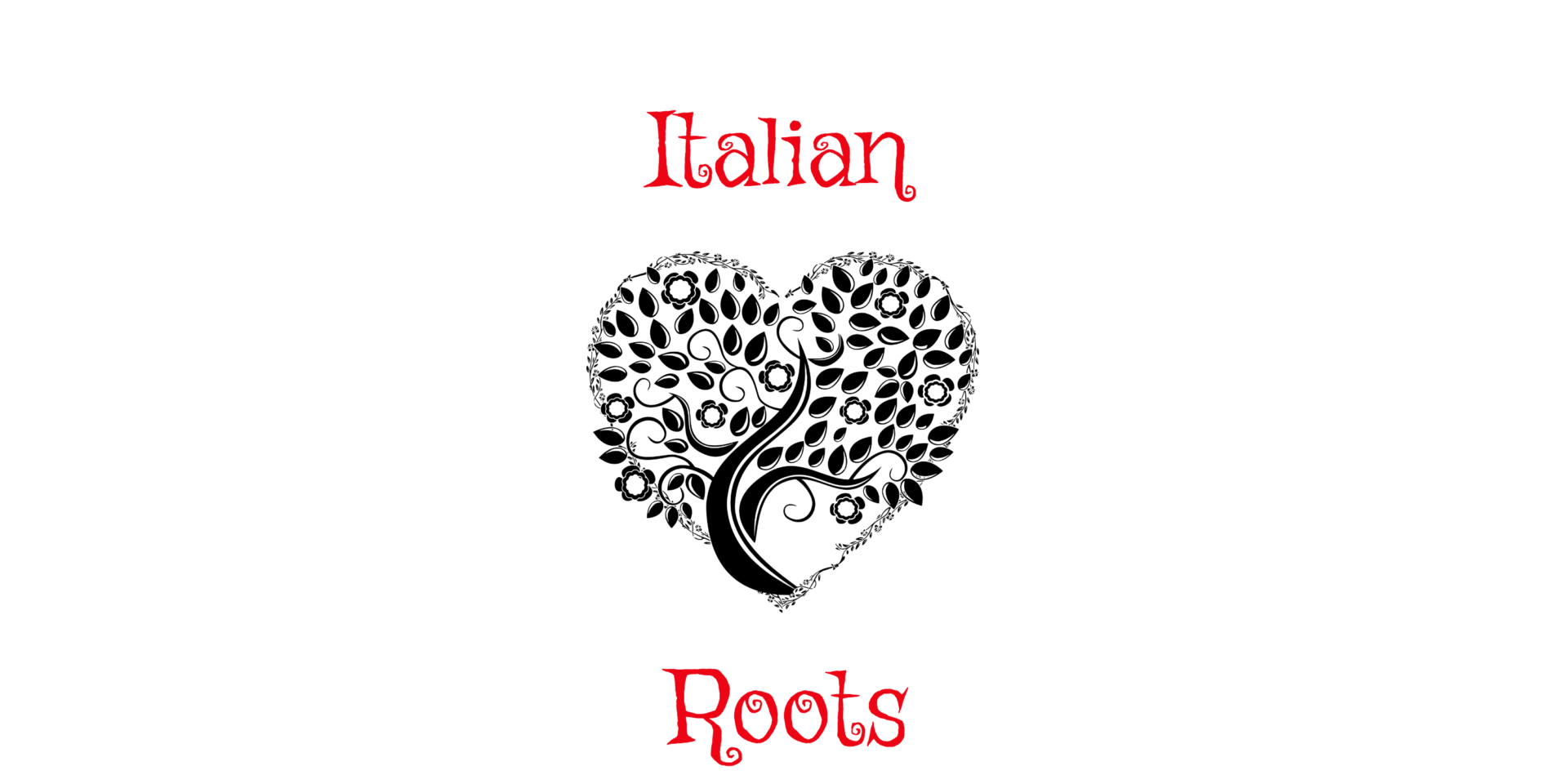
My relationship
Hernando Cortes’s relation to you: Direct ancestor (15 generations)
Here’s how:
1. Nicholas Victor Sorrentino is your father
2. Maria Luigia Piromallo is the mother of Nicholas Victor Sorrentino
3. Maria Emilia Caracciolo is the mother of Maria Luigia Piromallo
4. Filippo Caracciolo is the father of Maria Emilia Caracciolo
5. Prince Luigi Caracciolo is the father of Filippo Caracciolo
6. Prince Ambrogio II Caracciolo is the father of Prince Luigi Caracciolo
7. Prince Luigi Caracciolo is the father of Prince Ambrogio II Caracciolo
8. Ambrogio Caracciolo is the father of Prince Luigi Caracciolo
9. Prince Marino III Caracciolo is the father of Ambrogio Caracciolo
10. Geromina Pignatelli is the mother of Prince Marino III Caracciolo
11. Giovanna Tagliavi D’aragona is the mother of Geromina Pignatelli
12. marquise, del Valle de Oaxaca, 6 Estefania De Oaxaca is the mother of Giovanna Tagliavi D’aragona
13. Marquesa y Countess Marquess Juana Cortes is the mother of marquise, del Valle de Oaxaca, 6 Estefania De Oaxaca
14. Marquis Martìn Cortés y Ramírez de Arellano, II marqués del Valle de Oaxaca is the father of Marquesa y Countess Marquess Juana Cortes
15. Hernando Cortes is the father of Marquis Martìn Cortés y Ramírez de Arellano, II marqués del Valle de Oaxaca
History
I suppose Hernando Cortes is a controversial figure in today’s world, but it is what it is. You can’t select your ancestors.
Cortés was a Spanish conquistador (soldier and explorer) who conquered the vast Aztec empire in central America.
Hernán (or Hernando) Cortés was born in 1485 in Medellín, western Spain. He initially studied law but left university to make his fortune in the Americas.
In 1504 he sailed for Santo Domingo (Dominican Republic), moving to Cuba in 1511 where he assisted Diego Velázquez in his conquest of the island and made his reputation for courage and daring.
In 1518 Cortés persuaded Velázquez, who was now governor, to make him commander of an expedition to Mexico. It had only recently been discovered by Europeans and was rumoured to contain great wealth.
Shortly before Cortés set sail, Velázquez, who was now suspicious of his motives, cancelled his commission. Cortés ignored Velázquez and set out. On arrival he established a settlement (now Veracruz) and made local allies.
The major civilisation in the region was that of the Aztecs, led by Montezuma II. Cortés headed for the Aztec capital, Tenochtitlán, which was a three-month journey over difficult terrain. It is thought that Cortés’ arrival coincided with an Aztec prophecy about a white-skinned god arriving from the east, which would explain why Montezuma welcomed Cortés and gave him lavish gifts. However, relations quickly deteriorated and, fearing an attack, Cortés took Montezuma hostage, demanding a huge ransom from his people.
In April 1520, Velázquez sent an expedition to capture Cortés. As Cortés left to fight the expedition, an Aztec revolt began in Tenochtitlán. Cortés returned and obliged Montezuma to face the crowd, but the Aztec leader was struck by a stone and died. The Spanish were driven out of the city, incurring heavy losses.
Cortés re-organised his forces and in 1521 returned to Tenochtitlán, which fell after a three-month siege. A new settlement, Mexico City, was built on the ruins and settled with Spanish colonists, becoming the centre of Spanish America. Cortés secured control over Mexico, inflicting great cruelty on the indigenous population. Western diseases such as smallpox also caused huge fatalities.
In 1523 Cortés was named governor and captain general of New Spain. In 1528, amid Spanish fears that he was becoming too powerful, he was forced to return to Spain where the king reinstated him as captain general, but not to the position of civil governor. On his return to Mexico, his powers were significantly limited and his activities monitored. He continued to explore Central America, hoping to find a strait from the Atlantic to the Pacific. He failed, instead discovering, and naming, California.
In 1541, Cortés returned to Spain an embittered man and retired to an estate near Seville where he died on 2 December 1547.







